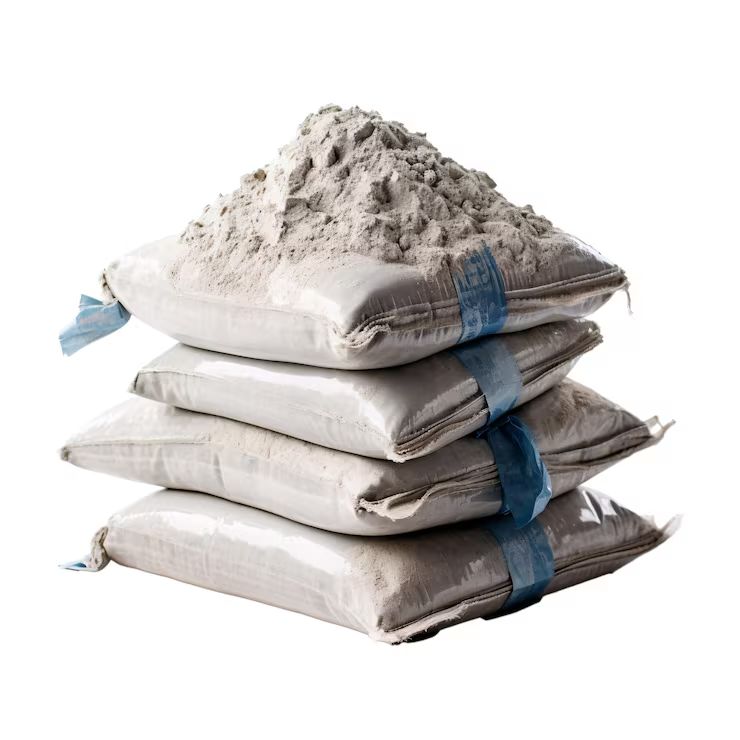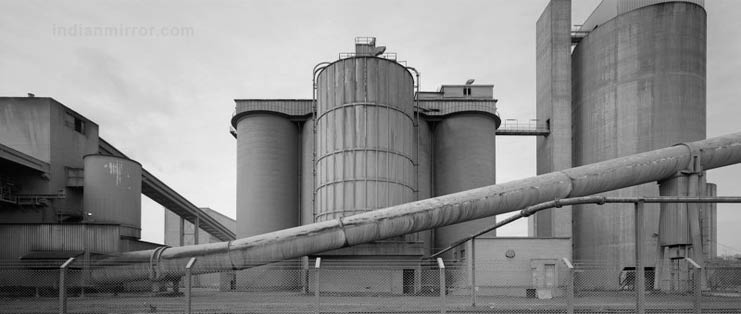GST on Cement in India 2025: Latest Rate, Price Impact & Industry Outlook
The Indian cement industry is the second largest cement producer in the world right after China. The Indian Government is highly focused on developing infrastructure, affordable housing and roads as announced by the FM Mr. Arun Jaitley in the Budget 2017. So, the cement industry is expected to get a boost in the near future. The question though is, will the implementation of GST affect this projected growth?
Key Takeaway
- Effective 22nd September 2025, the GST rate on cement is 18%, including Portland, aluminous, slag, super sulphate, and similar hydraulic cements, reduced from 28%, potentially lowering the cost of building or buying homes, notified by the CBIC.
Under the VAT Regime
The tax rates for cement is extremely complex. For example, there are various rates and specific duties of excise applicable on different types of cement depending on whether they are supplied in bulk form or in packaged form or whether for industrial or trade purposes. The effective rates including excise & VAT totals up to around 24-25%.
Impact of GST on Cement
Until 21st September 2025, cement attracted 28% GST, i.e., a higher rate of tax which means increased costs for the infrastructure sector. Going forward from 22nd September 2025, the GST rate on cement is 18%, notified by the CBIC on 17th September 2025. Hence, it is a positive move for the construction industry with a fall in the tax rate.

Refractory cement, mortars, concretes (mainly used for building industry furnaces, huge ovens etc.) attracts 18% tax. Cement Bonded Particle Board attracts 12%. The main raw materials for cement are limestone, coal and electricity. The tax rates on these are as follows:
- Limestone is taxed at 5%
- Coal is capped at 5%,which is a reduction from the earlier rate of 11.69%
- Electricity is outside the purview of GST
Nothing is mentioned regarding the royalty that the cement companies pay to the state governments for quarrying limestone. Clean energy cess is levied on coal, which is not available as an input credit because it is not subsumed by GST. So, these two factors will continue to be outside the purview of GST and will be included in the cost of the cement production even after GST is implemented, as was done previously.
Positive Impact of GST on Cement Industry

Warehousing
Cement manufacturers can heave a sigh of relief as the supply chain management of cement will get a boost under GST. Most companies maintain multiple warehouses across states to avoid CST and state entry taxes. These warehouses generally operate below their capacity which leads to operational inefficiencies. Like other sectors, the cement companies will also consolidate their warehouses and maintain warehouses in areas where it is most beneficial (such as Nagpur-0-mile city) thus leading to operational economies.
Savings on Transport Costs
Most of the cement manufacturers are located near limestone quarries. But demand for cement is pan-India which means that the cost of transporting cement from the manufacturer to the buyer is pretty high. Now, with GST the logistics industry is also going to be overhauled. The transit time will decline as vehicles will spend lesser time at checkpoints. This will lead to lower transportation costs and in turn, the cement industry will save transport costs.
Less Complex Taxes
| Type of Customer | Type of Packaging | Ad-Valorem Duty | Specific Duty Rs. / Metric Tonne |
| All | Supplied in Bulk Form | 12% on Transaction Value + Cess | Nil |
| Industrial & Institutional Sales | Supplied in Packaged Form | 12% on Transaction Value + Cess | Nil |
| Trade Sale | Supplied in Packaged Form – MRP must be mentioned | 12% On Maximum Retail Price with abatement of 30%+ | Rs. 120/- |
Currently, there are multiple excise duties applicable to cement manufacturers. There are separate rates and specific duties applicable on different types of cements depending on whether they are supplied in bulk form or in packaged form, or whether they are for industrial or trade purposes, etc. All these multiple rates will be done away with under GST. Only a fixed rate of 28% will apply on cement. This will result in lesser compliances and less complexity.
All these put together reduces the operating costs for the cement industry in the future. However, reduction in costs for the end-consumer will occur only if the cement companies pass on their savings to the consumers. Till then, it is expected that prices of cement will increase, at least temporarily, once new GST rate is implemented. In turn, costs for infrastructure and housing which are highly dependent on cement, will also increase.


